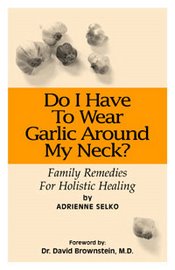Maintaining a healthy immune system is one of the best ways
to avoid picking up illnesses that might be floating around.
One especially effective way to do this is through
nutrition, so here are some suggestions on what to eat and drink.
Green Tea -- As
this tea contains antioxidants, it's a good choice to fight a variety of
ailments. It also contains theophylline,
which opens your airways to help you breathe easier if mucus has taken hold.
This tea has also been proven to increase metabolism, reduce your
risk of heart disease and reactivate dying skin cells.
General wisdom is 2-3 cups a day, although some people
prefer capsules.
Sweet Potatoes – It’s
the beta- carotene in this food that turns in to Vitamin A that in turn fights
against bacteria and viruses.
Other sources of beta-carotene include carrots, squash,
pumpkin and cantaloupe.
Oats and Barley -- According to a study out of Norway, the beta-glucan, which is a type of fiber with antimicrobial and
antioxidant capabilities, is more potent than echinacea. Echinacea of course is the model herb for
enhancing the immune system.
(To attest to how popular it is, I
recently saw some 20-year-olds handing each other echinacea capsules before a
flight. While I have done that for years, it was nice to see another generation
doing that.)
Yogurt - The live active cultures contained in yogurt promote a healthy digestive system. Prevention magazine cites a Swedish study of factory employees who drank a daily supplement of Lactobacillus reuteri—a specific probiotic that appears to stimulate white blood cells and consequently took 33% fewer sick days than those given a placebo.
While that particular strain is found
only in some yogurts, the cultures of all yogurts are helpful.


